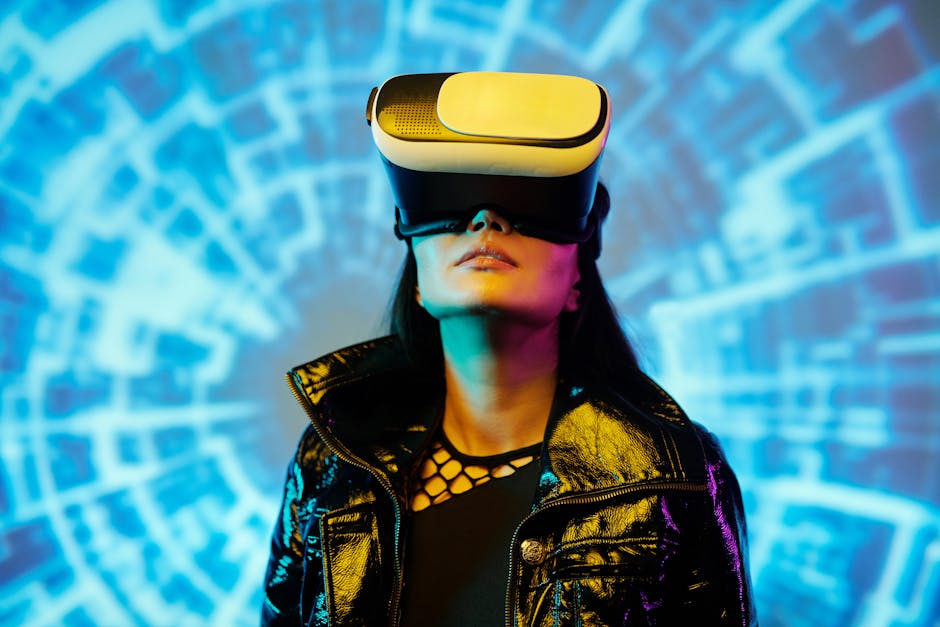No products in the cart.
The Rise of Simulation Engineering: Careers in the Age of Digital Twins
Digital twins are reshaping careers in engineering and design. Discover how this technology is creating new opportunities and what skills are in demand.
San Francisco, USA — The dawn of digital twins is transforming the landscape of engineering and design, forging new pathways for careers that were once the stuff of science fiction. Imagine a world where physical objects, from skyscrapers to jet engines, exist as virtual replicas, allowing engineers to simulate their behavior in real time. This is not just innovation; it’s a revolution.
Digital twins, powered by artificial intelligence and real-time data analytics, offer a window into the future. They provide insights that can lead to better designs, more efficient processes, and, ultimately, enhanced performance. As companies rush to harness this technology, the demand for professionals skilled in simulation engineering is surging. According to a recent report from Deloitte, the global digital twin market is expected to reach $73 billion by 2025, highlighting the vast economic potential of this technology.[1]

But what does this mean for aspiring engineers and designers? The impact of digital twins extends beyond traditional engineering roles. It’s creating a spectrum of new jobs, from data analysts who interpret the complex datasets generated by these simulations to UX/UI designers who ensure that the digital twin interfaces are intuitive and user-friendly. For instance, a company like Siemens has reported a need for a new breed of engineers who can blend technical expertise with creativity, bridging the gap between hard data and user experience. These roles require not just a solid foundation in engineering principles but also an understanding of software development, data analysis, and design thinking.
Yet, as with any technological advancement, the rise of digital twins also brings challenges. The skills gap is a pressing issue; many universities and training programs are struggling to keep pace with the rapid evolution of technology. A study from McKinsey found that by 2030, up to 375 million workers may need to switch occupational categories due to automation and digital advancements, underscoring the urgency for educational reforms that prioritize emerging technologies.[2]
A study from McKinsey found that by 2030, up to 375 million workers may need to switch occupational categories due to automation and digital advancements, underscoring the urgency for educational reforms that prioritize emerging technologies.[2]
For those looking to enter this burgeoning field, the path is becoming clearer. Many online platforms now offer courses specifically tailored to simulation engineering and digital twin technologies. Websites like Coursera and edX have partnered with leading universities to provide accessible, high-quality education that can help bridge the skills gap. Moreover, internships and co-op programs are increasingly available, allowing students to gain practical experience while studying.
As companies begin to recognize the value of hiring engineers who can navigate this new landscape, the importance of soft skills cannot be overlooked. Communication, teamwork, and adaptability are becoming crucial as professionals are frequently required to work in multidisciplinary teams. The ability to articulate complex ideas in simple terms can set candidates apart in a competitive job market. For example, at GE Digital, engineers are not just expected to solve problems; they must also explain their solutions to non-technical stakeholders, ensuring that everyone is on the same page.
However, the potential of digital twins goes beyond just job creation; it also promises to revolutionize industries. From healthcare to manufacturing, the applications are vast. In healthcare, digital twins can simulate patient responses to treatments, enabling personalized medicine. In manufacturing, they optimize production lines, reducing waste and increasing efficiency. The possibilities are endless, and as industries adapt, new career paths will continue to emerge.
Looking ahead, the future of work in relation to digital twins is not just about adapting to change; it’s about anticipating it. Those who invest in learning and developing skills related to simulation engineering will likely find themselves at the forefront of this technological wave. As the boundaries between physical and digital worlds blur, the need for skilled professionals who can navigate this new frontier will only grow.
Communication, teamwork, and adaptability are becoming crucial as professionals are frequently required to work in multidisciplinary teams.
In a world increasingly driven by technology, it’s essential to stay ahead of the curve. For young professionals, this means embracing lifelong learning, being open to interdisciplinary roles, and continually seeking out new knowledge. The digital twin phenomenon is just the beginning of a larger transformation in how we work, innovate, and create.











